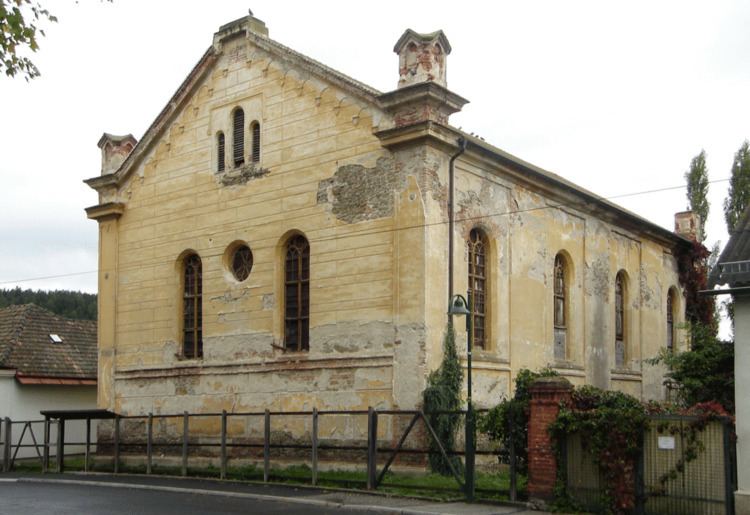 | ||
The Siebengemeinden (Hebrew: שֶבַע קְהִלּוֹת; English: Seven Communities) were seven Jewish communities located in Eisenstadt and its surrounding area. The groups are known as Sheva Kehillot in Hebrew.
Contents
History
The communities were established after 1670, when Paul I, 1st Prince Esterházy of Galántha accepted the Jews that had been expelled from Vienna by Leopold I.
The Siebengemeinden (now in Austrian Burgenland, which formerly belonged to Hungary) were composed of communities in Eisenstadt, Mattersdorf (now Mattersburg), Kobersdorf, Lackenbach, Frauenkirchen, Kittsee, and Deutschkreutz (Tzeilem). All together there numbered around 3,000 Jews, who were predominantly of Orthodox Jewish persuasion.
The most pious lived in Mattersdorf and Deutschkreutz, where there were important yeshivas. Another community developed in Mattersdorf under the leadership of the great Rabbi Moses Sofer (1763–1839). All seven communities fell victim to the persecution of the Jews under the government of the National Socialists.
